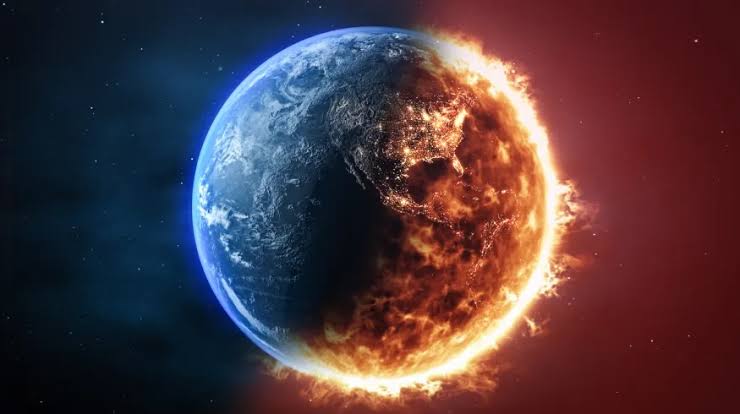According to a new report published on Wednesday by the World Meteorological Organization (WMO), 70 percent of the possibility is that the average global temperature for a period of 2025-2029 will exceed 1.5 ° C from pre-industrial level.
It also states that 80 percent of the chances are that out of the next five years, at least one year will be more than 2024 warm years.
In addition to the hottest year on the record, 2024 will be the first calendar year with a global average temperature of 1.5 ° C higher than the base line of 1850–1900, the period when human activities such as fossil fuel burning did not begin to affect climate significantly.
The limit of 1.5 ° C is the target on which countries agreed to avoid the worst effects of climate change at the Paris Climate Conference in 2015. The permanent violation of the 1.5 ° C range specified in the Paris Agreement refers to long -term temperature increase over a period of 20 or 30 years.
Countries this year require the United Nations Climate Change Office to present its next round of the National Climate Schemes at the national level for a period of 2031-2035. The collective objective of these climate schemes is to limit global temperature rise to 1.5 ° C.
The WMO report states that the average global superficial temperature between 2025 and 2029 is expected to be 1.2 to 1.9 ° C higher than the temperature between 1850 and 1900 each year.
There is 86 percent of the possibility that the temperature for at least one year during this period will be 1.5 degrees higher than an average of 1850–1900. The report also states that 70 percent of the possibility is that the average temperature during the entire five-year period will be 1.5 degrees above the average of 1850–1900.
Barrett to the Deputy General Secretary of WMO said, “We have just experienced the 10-most hot years on records. Unfortunately, this report of WMO does not give any indication of relief in the coming years and means that our economies, our daily life, our ecosystem and negative effects on our planet will increase.”
He said, “Constant monitoring and forecast on climate is necessary to provide science -based equipment and information to help the decisionrs in adaptation.”
WMO said that South Asia has been wet more than normal recent years (except 2023) and this trend is expected to continue between 2025 and 2029, although some seasons may still be dry.
According to the Indian Meteorological Department (IMD), India received more than normal rainfall during the monsoon in four of the last five years. IMD has predicted more monsoon rainfall than normal this year.
The World Meteorological Organization said that the temperature of the Arctic region during the next five winter (November to March) is expected to rise much faster than the rest of the world, which will be around 2.4 ° C, which is three and a half times more than the global average.
Between 2025 and 2029, there is a possibility of marine ice in parts of the Arctic such as the barrants Sea, Bering Sea and Okhotsk Sea.
The WMO stated that from May to September during 2025-2029, some places like Sahel, Northern Europe, Alaska and Northern Siberia are expected to receive more than normal rainfall, while Amazon is likely to be more dry than normal.










